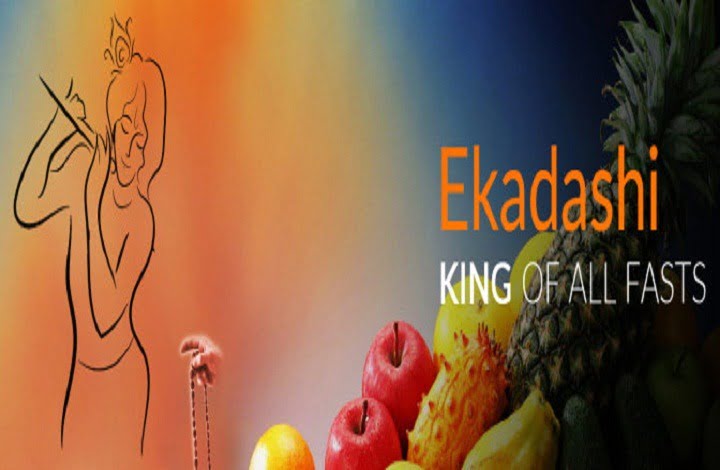Fasting is a very common ritual which we follow to attain spiritual enlightenment. Fasting on the holy days is a noble and effective exercise which is undertaken by the Hindus. In fact, fasting is an auspicious act which should be done in a proper and appropriate manner. If it is not performed properly, it may not be effective and may cause problems. Fasting carries a very special place in Hindu ritual and there is a significance of types of fasting.
Three Types of Fast (Based on Purpose):
The names of 700 vratas are mentioned in the book of Hemadi. The great Sanskrit scholar Gopinath Kaviraj has mentioned 1,622 vrats in his Shabdkosh. Broadly speaking, there are 3 types of fasting based on the purpose.
Nitya
Naimittik
Kamya
Nitya Vrat – In this there is an emphasis on the worship of God and good conduct like speaking truth, staying pure and controlling the senses.
Naimittik Vrat – This vrata is for repentance of bad karma or getting free of your sorrows
Kamya Vrat – This vrat is for fulfilling any wish or desire like to beget child, and to become more prosperous and other reasons too.
The Annual Cycle Of Vrats
1) Weekly – Fast once a week. Best method of fasting.
2) Fortnightly Fast- There is two fortnights in Hindu time scale method. The important days to fast are during Chaturthi, Ekadashi, Trayodashi and Purnima.
3) Three-Monthly Fast – The prominent fast in this category is the Navratri fast. Fasting on these nine days can remove all your sorrows.
4) Six-Monthly Fast – This occurs on Chaitra month Navaratri is called Greater Navratri and Ashwin month Navratri is called Smaller Navratri.
5) Yearly Fast – This is taken under the Shravan month. As per tradition, people are required to fast during the entire month of Shravan.
Get your astrology consultation report
Different Kinds of Fast (As per their Nature):
1) Prat
2) Adhopvas
3) Ekaharopvas
4) Rasopvas
5) Phalopvas
6) Dugdhopvas
7) Takropvas
8) Poornopavs
9) Saptahik Upvas
10) Laghu Upvas
11) Kathor Upvas
12) Toote Upvas
13) Deergh Upvas
Prat Upvas: In this no breakfast is taken in the morning
Adhopvas: This is the fast of the evening. In this people eat only once a day.
Ekaharopvas: In this only one type of food is eaten.
Rasopvas: In this no cereal is consumed and fruits too. Only juicy fruits and vegetable juice is consumed. Milk is also not allowed.
Falopvas: Only Juicy fruits are consumed.
Dughdopvas: Only milk is consumed during this fasting.
Takropvas: In this fast ghee and sour things are avoided. This vrat can be followed for two months at a time.
Purnopvas: Not to eat anything just to stay clean on the fresh water.
Saptahik Upvas: If Purnopvas done weekly it is called as Upvas.
Laghu Upvas: When the Purnopvas is carried out for 3 to 7 days, it is called Laghu Upvas.
Kathor Upvas: This upvas is very suitable for people who are suffering from a difficult disease.
Toote Upvas: Here we are supposed to carry out Purnopvas for 2 to 7 days. Then light natural food is eaten for few days and again fasting for some more days.
Deergh Upvas: This is done for number of days. The days are pre-predicted and the number of days may range from 21 to around 50 to 60. This fast can end after body is detoxified.

